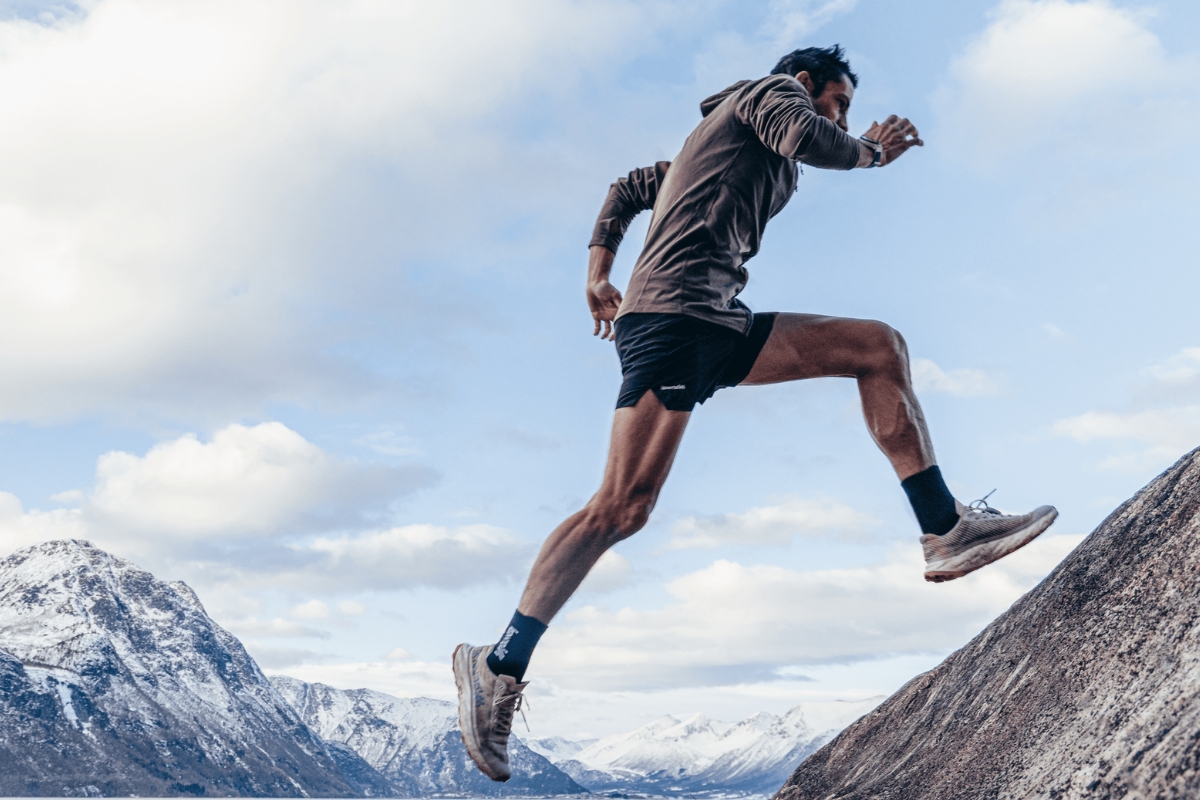
We independently review everything we recommend. When you buy through our links, we may earn a commission.
Trail reviewer Matt trains with Coros and Kilian Jornet over the course of 12 weeks
Coros Apex 2 Pro premium GPS watch, Nnormal Kjerag trail footwear
Secure a Western States lottery entry at the Laurel Highlands Ultra in June
I’m back for the third, and final installment in the series covering my experience training with Kilian Jornet and the Coros team in preparation for the Laurel Highlands 70 miler. In my first two installments (part one and part two) I focused primarily on my acclimation to Kilian’s training style as well as the gear, primarily the Coros Apex 2 and the accompanying Coros Training Hub. I then dove into the meat of my training experience as the miles started to accumulate.
In this final installment, I’ll recount the final grueling weeks of training before giving a recap of my goal race and summarizing my final thoughts on this three-month journey.
Quick recap of the project: as part of the release of the limited-edition Coros Apex 2 Pro Kilian Jornet GPS watch, Coros invited a handful of athletes to receive personalized coaching from Kilian and Coros for a 12-week training block. As fate would have it, it aligned perfectly with my race at the Laurel Highlands Ultra in June, a 70.5-mile race through the rugged terrain of southwestern Pennsylvania.
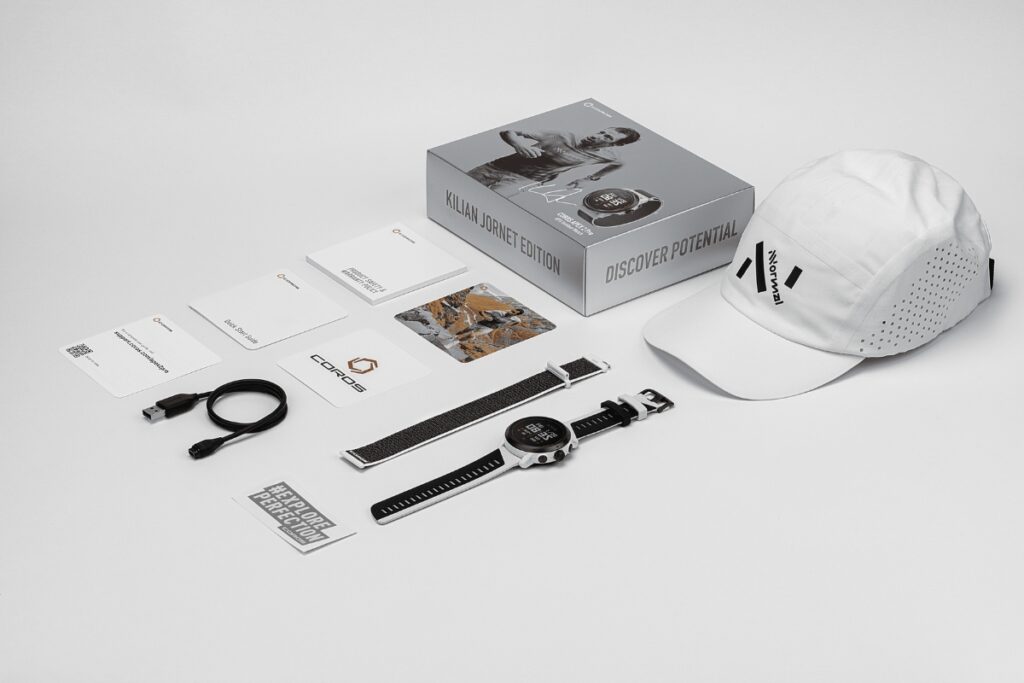
The fact that I’m providing this second installment means that I’ve survived 60 days of training under Kilian’s guidance and have not succumbed to the rigors of his training plan. At times, I may have wanted to run away and live somewhere in the void, but all things pass and I’m still standing.
That first month was mostly spent acclimating to my new training process, both the dynamic of training with Kilian and the optimization of my Coros Apex Pro 2 and its complementary Coros Training Hub.
After a couple weeks, I felt I was in a rhythm. Checking into the Coros Training calendar each morning was now a part of my morning routine that fit squarely between pouring my coffee and playing Wordle (another new addiction of mine).
So let’s get into what the past 30 days of training has looked like, and what I’ve learned.
Below are the key pieces of gear I’ll be using for my training block, notably the Coros Apex 2 Pro GPS Watch and the Nnormal Kjerag trail running shoe, developed in part by Kilian Jornet.
GPS Watch
• Next-generation accurate heart rate sensor
• Connect with all five major satellite systems
• 30 days of regular use/75 hours of full GPS
• 1.3″ sapphire screen and titanium bezel
• Free global offline maps for on-wrist navigation
• Full training plan and workout support
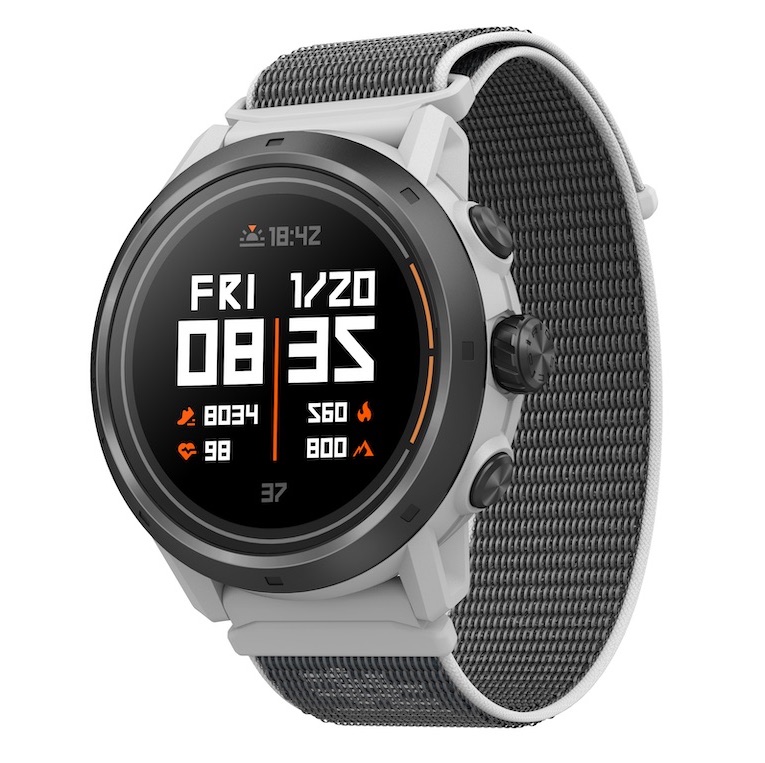
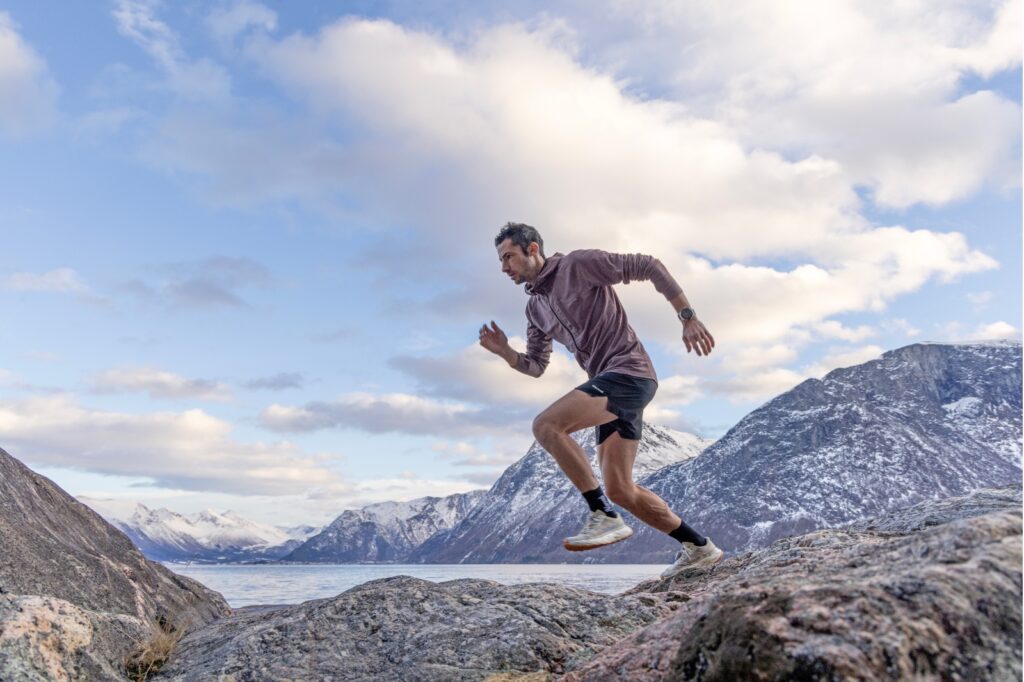
I promise you I looked this good during my race
While the first two months were a slow burn that started to spark a flame, month three was basically a full on bonfire, culminating with race day. At the end of month two I noted how the training was getting more intense. I was starting to enter that space where at the end of each week you feel as if you couldn’t possibly find the time for another mile, yet the next week you do.
Month three was a persistent challenge of putting in the work, recovering properly, and doing it over again, knowing that if you cross off the workouts each day and stay healthy, you only had to endure this for a couple weeks and the overload period would graciously transition into taper mode and from there– next thing you know, you’re on the start line.
The approach that Kilian prescribed really did not waver and was consistent throughout the training cycle. Variation came in the way of increased volume and increased race specificity over the few peak weeks.
The increase in mileage was more about time management, while ensuring that more of my runs took place in similar conditions (terrain, elevation) as the race course. That’s where things got tough.
I was fortunate enough to have home trails within a few miles of my house that featured really rocky and root-infested terrain. Spending more time in those conditions was ideal prep for the Laurel Highlands course. It also meant continually searching out big climbs and avoiding the retreat to flat land on days where my legs wanted the easy way out. I kept telling myself that if I wanted to really appreciate and respect the opportunity that was given to me, then I needed to follow the plan and put in the work.
One thing I found interesting was that once you focus on events over 50 miles, there is limited variation in the length of the long runs (which is somewhat logical). I maxed out between 4 to 4.5 hours for my longest efforts, and at times I really started to mentally struggle with the jump from that effort (which seemed massive) to the race day distance (which was 3-4 times longer!).
There was one key difference in training with Kilian for a 70-miler versus my normal training for a 50k-50 miler. My 4-hour long run was sandwiched between two other runs that were between 90-120 minutes, so the simulation of running on fatigued legs was there, but it broke things up enough to allow the body some recovery.

Running fitness report on Coros training hub

Race map on Coros Training Hub
Those peak weeks also were important as Kilian stressed the importance of testing out my fueling plan as well as gear choices for race day. Summer was quickly approaching and the weather was heating up, so those 4+ hour trail runs really helped me dial in my nutrition plan, on top of trying out some different gear combinations to nail down my race day kit.
Likely the most memorable moment during my training cycle was the Monday morning after I had nailed my longest run of the block. I was excited and proud to share the data from the run and provide some feedback. I didn’t receive a response from Kilian and after a day or two passed I started to think he was clearly not as impressed with my workout as I was.
Soon after, I opened my phone to scroll through the Google curated news, and the top story was that Kilian Jornet had survived an avalanche while climbing Mt. Everest!
Knowing that he escaped unharmed, it made me laugh to think about Kilian reviewing my data while he was literally trapped in an avalanche. Clearly an excused absence.
From there, the toughest challenge was navigating the typical taper psychosis.
Phantom pains and “injuries” that went from convincing me that I would never run again to completely vanishing overnight. I still felt justified in eating multiple bagels a day despite the decrease in volume. And of course, I was manically checking weather forecasts.
The latter actually became more relevant than I imagined when the days leading up to the race featured a heavy presence of smoke pollution in the area as the Canadian Wildfire smoke made its way into Maryland and Pennsylvania. While it caused some concern, ultimately the race went off without an issue.

Race day shoe of choice: Saucony Endorphin Rift
I made the solo drive to Laurel Highlands the afternoon before the race, as it was only a few hours from the Baltimore area. I had all my gear and essentials packed, including multiple drop bags that I’d leave at aid stations on the back end of the course. I didn’t have a crew or pacers and would basically be carrying everything with me and relying on the aid stations along the way.
It was an early start to the day (3 a.m.) as the race is point to point, and those athletes without a crew drive and park at the finish area, and then take a shuttle all the way down to the start of the trail in Ohiopyle. Between the 60+ mile drive and getting caught at train tracks within a half mile of the start line, we barely made it in time to get prepared for the 5:30 a.m. start.
The first 19 miles of the course felt like we were climbing Mt. Everest ourselves, just replace the avalanche with a thick layer of clouds through which we ascended, a combination of humidity and remnants of Wildfire smoke. There were multiple mile stretches where we would gain 400, 600, 900 feet per mile at a time, until we finally reached a couple of aid stations around mile 12 and again at mile 19.
I knew the amount of climbing involved, and also how technical the majority of the course would be, but even I was shocked at the relentless hills throughout the entirety of the race, and just how challenging the rocky terrain would be.
As I mentioned earlier, the trails that I train on in Maryland are full of rocks and roots, so I thought I would be well prepared; however, the terrain of the Laurel Highlands was on another level. Most of the terrain demanded an overly cautious and adjusted stride. At points there were climbs and sections that resembled bouldering between and over cave-like formations.
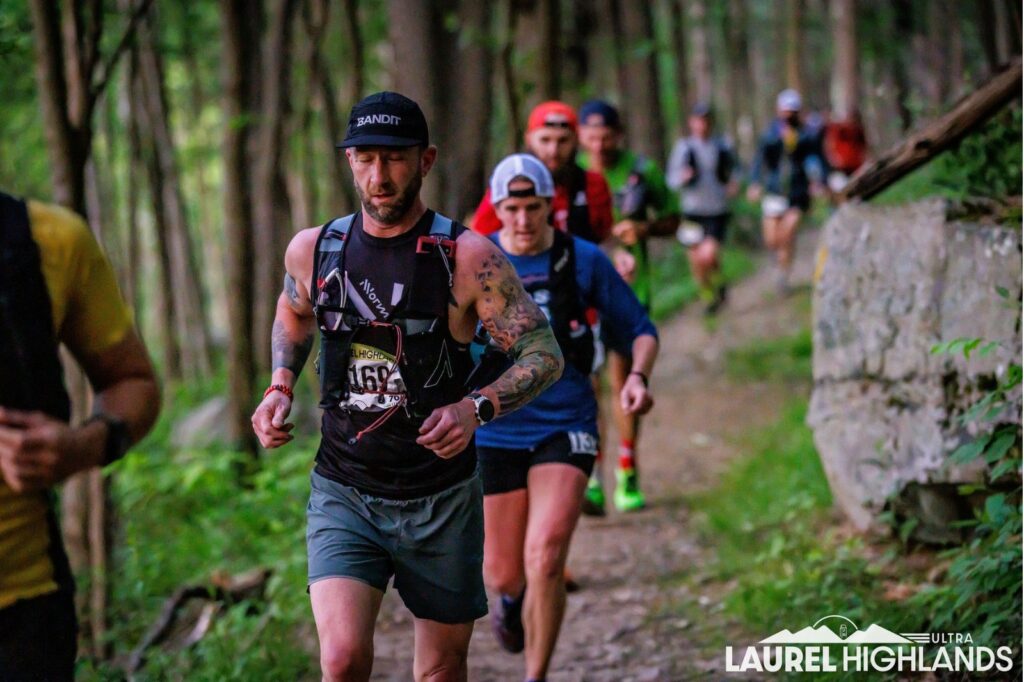
Feeling good in the early miles
Despite the rugged nature of the race, the beauty of the Laurel Highlands trail was unbelievable. In its own unique, East Coast way, it may have been some of the most amazing miles of trail I’ve ever run. The idea of a non-fabricated race course run on the entirety of an established trail felt really special. It’s rare to have a point-to-point race that doesn’t repeat a step or sight over the course of 70 unique miles.
While the majority of the course was scenic single track, there was one section that I found to be especially memorable. After spending 26+ miles climbing up a rocky mountain trail, surrounded by lush green canopy, I saw the bright sun in the distance and could feel the heat of the quickly-warming June day ahead.
As I emerged from the trail into an opening at the summit, I looked to my left to realize I was about 50 feet away from the chair lift at Seven Springs Ski resort. As I traversed the crushed gravel section, it felt surreal to look around at the various ski slopes, covered in green grass, and process that I was running along the top of this mountain.
My infatuation quickly dissipated as the direct sun was unwelcomed and I quickly worked my way through the resort roads so I could disappear back into the woods and under the temporary shade of the trees.
Over the course of the race, I went through the emotional roller coaster that everyone endures in an ultra distance event. I’ll admit, the lows were super low and I had to really battle to keep moving forward and know that another high point would be around the corner. I didn’t help myself much physically, as I was unwise in the first half, aggressively approaching many of the downhills over the first 40 miles
I felt great and wanted to try and make up the time lost on the abundance of steep climbs (rookie mistake, I know). I learned my lesson the hard way and by the final 10 miles my quads were so fried that I could barely walk any steep descents. My ankles were also super tender and swollen as a result of navigating the rocky terrain for half the day.
While my goal was to finish under 20 hours and claim my Western States qualification, I started talking with some runners around me and started to do the math. Words of wisdom: never “start doing the math.” I realized I was closer to a 16-hour finish which meant that I would be done before sun down and could avoid night running and the need for my head lamp. More on that later.
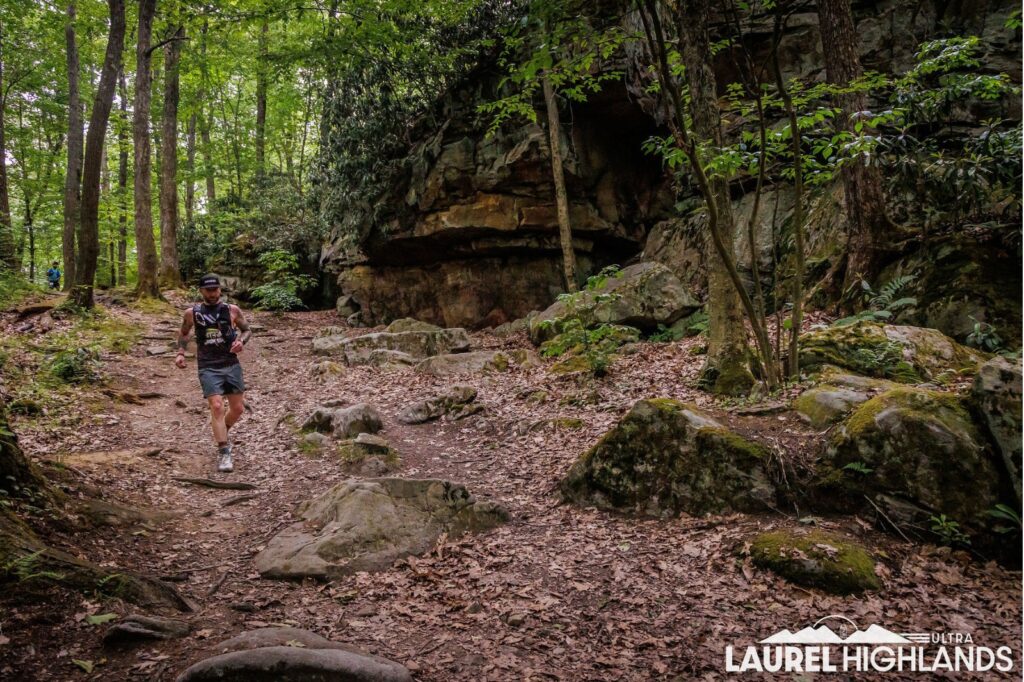
Rocks and roots were the name of the game
My fueling plan was consistent and working great, until it wasn’t. Around mile 50 things started to go south and my body firmly denounced the idea of putting another Maurten Gel in it. (While I supplemented with some solid foods at each aid station, the base of my nutrition plan revolved around Maurten Gels roughly every 45-60 mins, and a steady stream of Skratch and water).
I kept moving ahead while waiting for my stomach to come back around, but the interruption to my fueling plan forced me to really slow the pace for awhile. I rolled into the final aid station around 100K (mile 62) just as the sun went down. I picked up my headlamp and readied myself to survive the final section of the trail in the dark, on some trashed legs, and with very questionable eyesight.
With only about a mile or so to go, I miraculously ran into another runner who I had shared a number of miles with over the course of the day. Her crew had adopted me when they realized I was solo, and they were amazing. Each aid station they would cheer me in and out, offering me sunscreen and support. She had picked up her pacer, who convinced me that I needed to pick up the pace, volunteering to take my poles so I could run through the finish chute with my new friend. I looked at my watch and saw we were just around the 18 hour mark– despite bleeding a lot of time over the last 10 miles, I was still 2 hours ahead of my goal time.
As we ran through the finish chute and emerged from the woods to a large group of cheers, the reality of the accomplishment set in, and the notion of stopping and sitting for the first time in 18 hours seemed like a dream, one that was only enhanced by my new found friends offering me a cold beer (and a slice of pickle pizza from another runner I had met on the course). While the idea of double-fisting both items sounded amazing, after two bites and two sips my body told me all it wanted was a cold Coke and sleep.
I highly recommend the Laurel Highlands Ultra to anyone looking to challenge themselves. The course is amazingly beautiful, and brutal, the aid stations and volunteers are some of the best I have ever encountered, and the race directors are top notch. All of that is capped off with what has to be the coolest race award out there!

Mile marker replica for race day trophy

Just want to sleep
I can’t thank Kilian and the team at Coros enough for this amazing experience.
I learned a lot that I will carry with me in my training in the future, and I will have great memories to reflect back on. As a bonus, I can look back on all the hard work and training and know that it paid off and my goals were achieved. I finished the race 2 hours under goal time, I have my second Western States qualifier under my belt, and another chance to cross my fingers during the lottery.
Have something to say? Leave a Comment
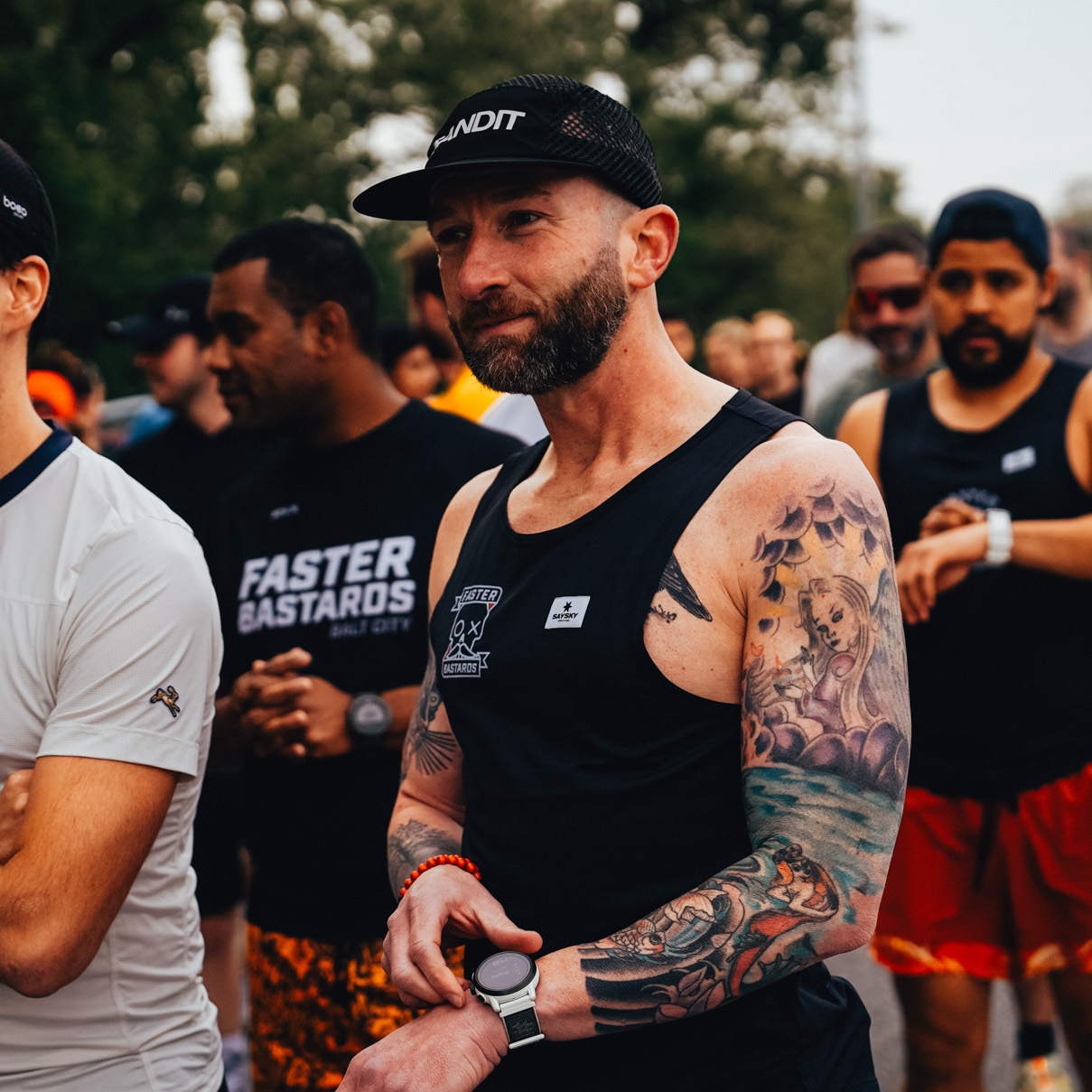
Matt is a recovering triathlete who fell in love with running and left the dark side behind. Trail and ultra running are where he is most in his element, but he can still be found routinely running the streets in and around Baltimore with the Faster Bastards. Aside from running, he is a lover of coffee, mezcal, beer, and 90s country music.
More from Matt